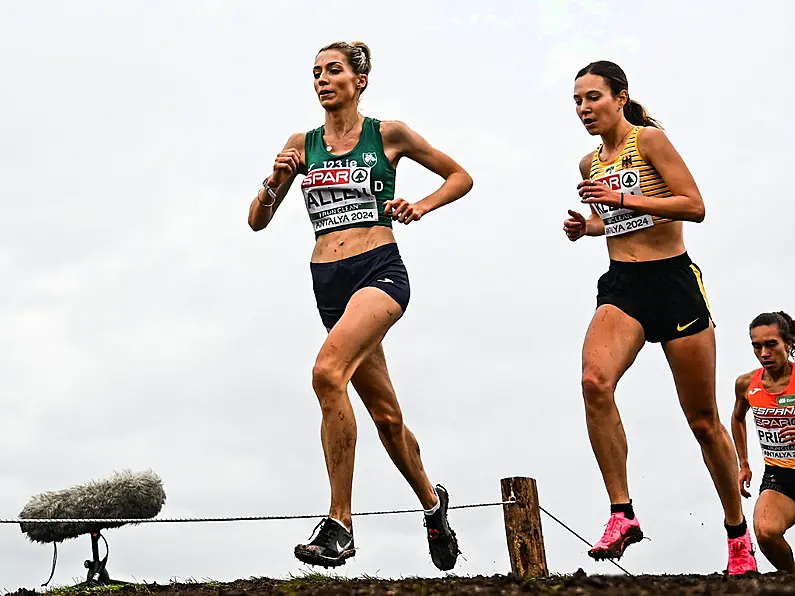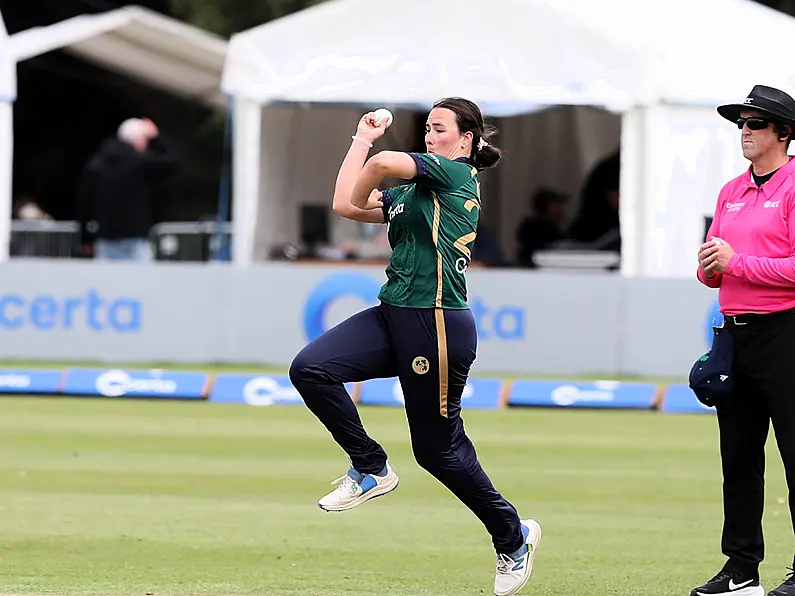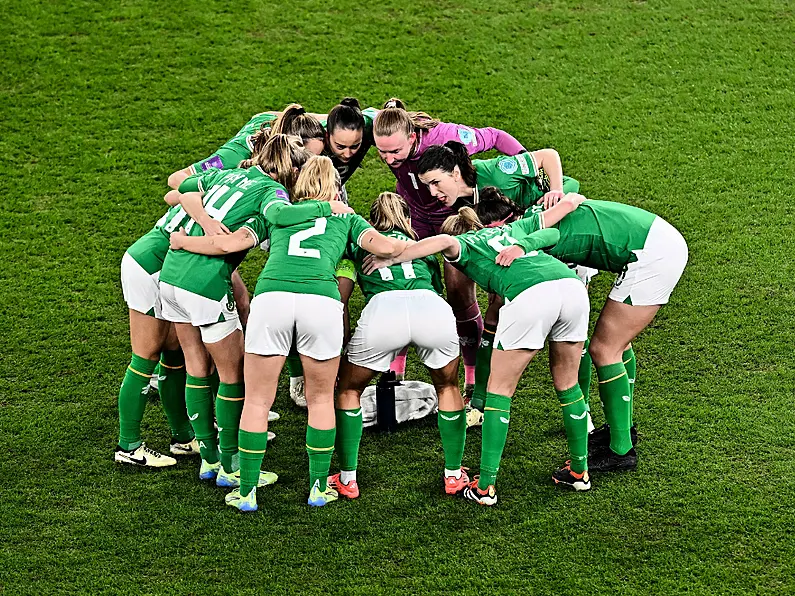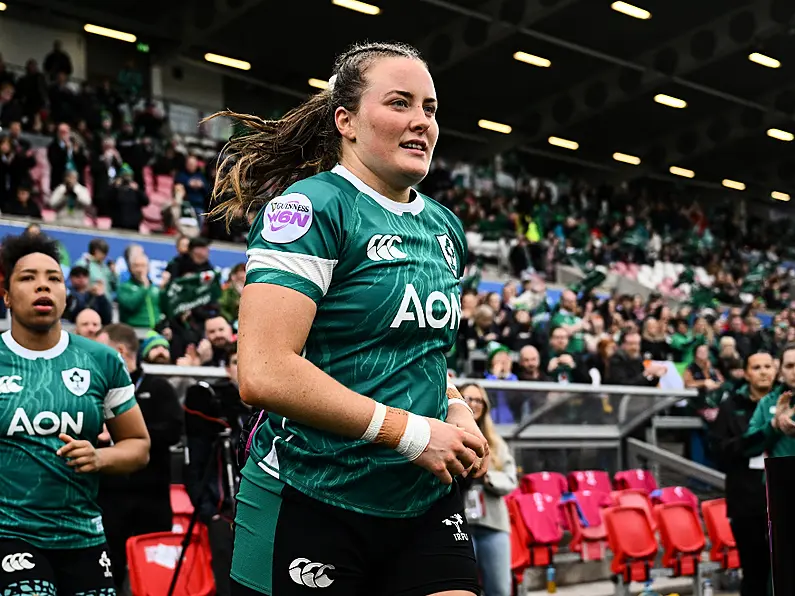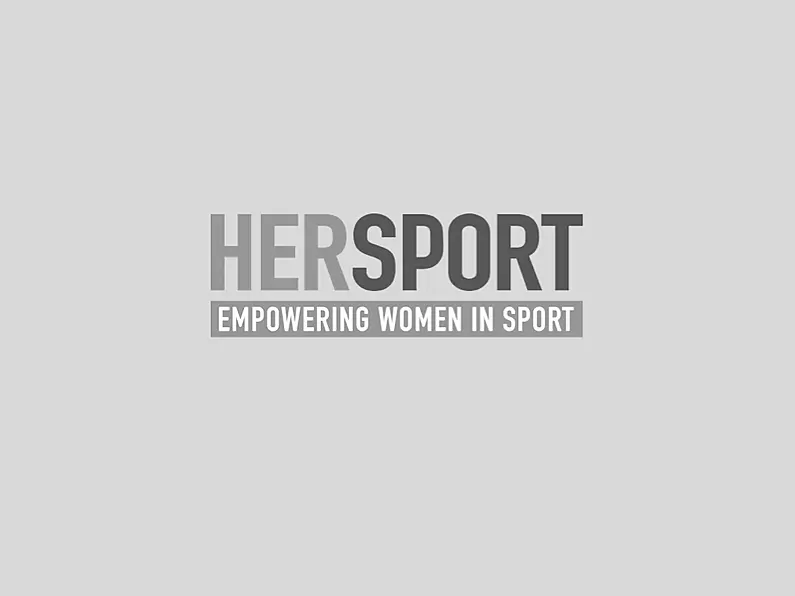What do you know about synchronised swimming? Possibly not much. It’s a type of dancing, but in the water? There’s lot of twisting bodies and hands and feet sticking out of the pool? Teams perform their routines to music?
It's all that and a whole lot more. Synchronised swimming was one of the toughest sports on show at the recent European Championships in Glasgow 2018. It combines physical and mental strength with elements of gymnastics, swimming, dancing, all while holding one’s breath for extended periods under water. Added to that, the performers must keep time to the accompanying music and match their team-mates’ every flick of the finger and bend of the knee. There are different variations of “synchro”.
Synchronised swimmers perform as individuals in solo events, or as part of a team; a pair, mixed pair or in groups of up to ten swimmers. There are technical competitions, in which solo swimmers, pairs or teams must complete routines that include a set of predetermined components performed in a specific order. Then there are free competitions, in which performers have the freedom to be more creative with the choreography.
Friday, 3rd of August, saw the first day of synchronised swimming action in Glasgow’s Scotstoun Sports Campus. The preliminary round of the Team Free Routine competition, saw hosts Great Britain qualify for Saturday’s final, along with (among others) Russia and Ukraine, who came in gold and bronze medal positions, respectively, at last year’s FINA World Championships in the same event.
Friday’s events also included the Duet Technical Routine and the Duet Technical Routine Mixed, both of which were medal events. Russia led the way in gold medal position in both competitions, with Italy performing strongly also, having taken bronze in the Duet Technical Routine and silver in the Duet Technical Routine Mixed.
Russia again dominated Saturday’s competitions, finishing ahead in the preliminary round of the Duet Free Routine, while also coming out victorious in the final of the Team Free Routine on a score of 97.0333. Ukraine finished with silver on 94.6000 points, and Italy again rounded out the medal positions in third place with a tally of 92.233.
Ukraine was the country to come out on top in the only medal event on Sunday, taking gold in the final of the Combination Free Routine. With some combination of Russia, Ukraine, Italy and Spain finishing in the medal positions in the previous medal events, it was unsurprising to see that Italy took the silver this time around, with Spain finishing just behind in third place.
With the twists, bends, flicks and music continued until Tuesday, 7 August, the European Championships certainly provided great entertainment for synchronised swimming aficionados and newcomers alike, in Glasgow and right across Europe.
If you are interested in giving synchronised swimming a go, or if you’d like to be representing Ireland in this challenging and graceful sport in the future, you’ll find courses available in the National Aquatic Centre in Dublin.
Advertisement


